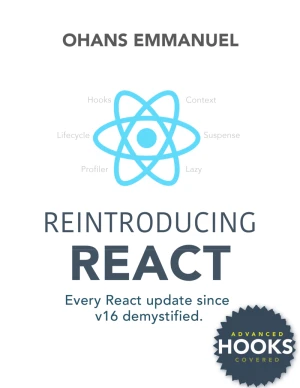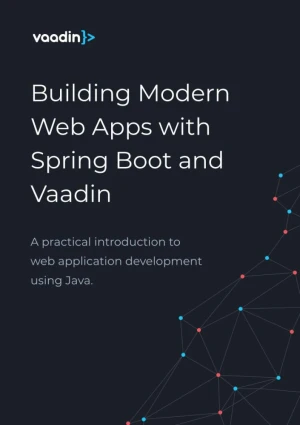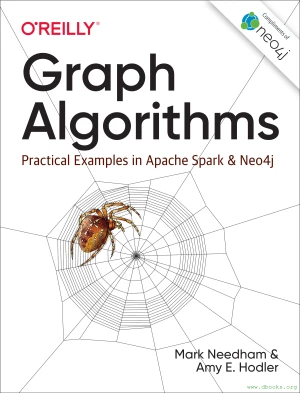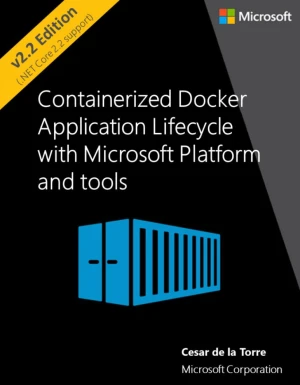Full Stack GraphQL Applications
With React, Node.js, and Neo4j
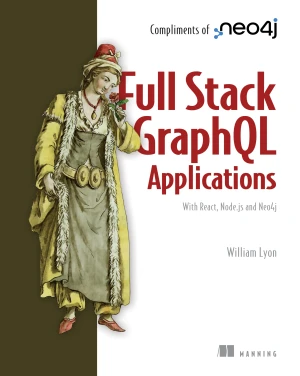
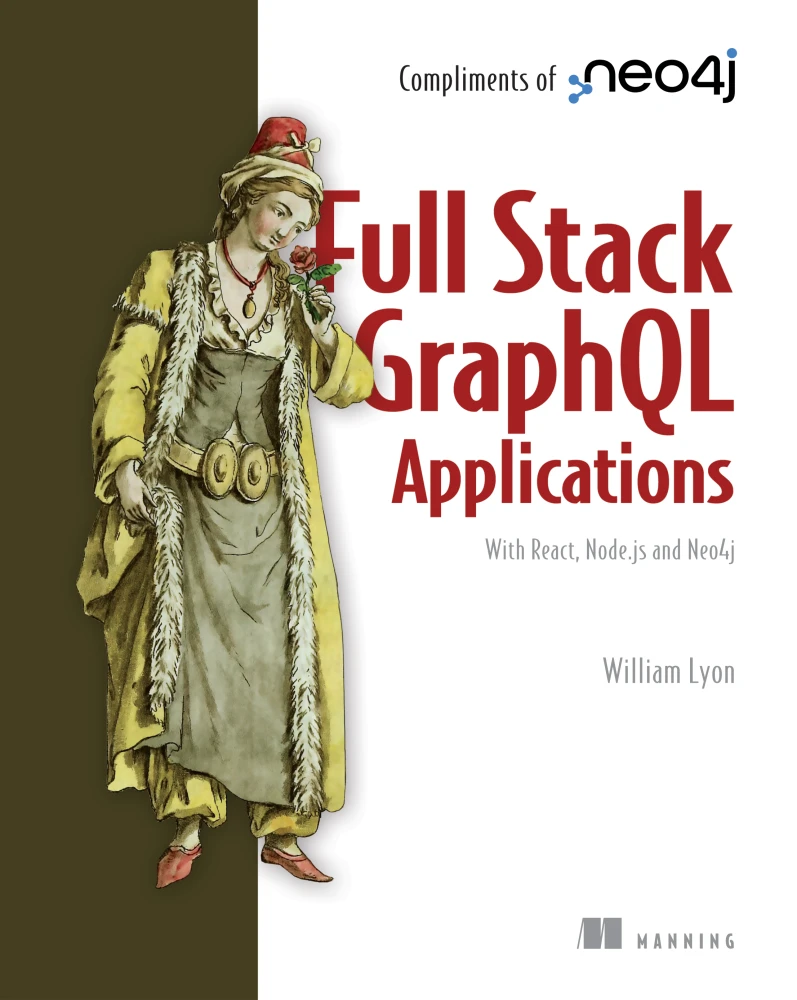
Book Details
| Author | William Lyon |
| Publisher | Manning |
| Published | 2022 |
| Edition | 1st |
| Paperback | 264 pages |
| Language | English |
| ISBN-13 | 9781617297038, 9781638351467 |
| ISBN-10 | 1617297038, 1638351465 |
| License | Compliments of Neo4j |
Book Description
The GraphQL API query language radically streamlines data exchanges with backend servers by representing application data as easy-to-understand graphs. You can amplify GraphQL's benefits by using graph-aware tools and data stores, like React, Apollo, and Neo4j, throughout your application. A full stack graph approach provides a consistent data model end to end, reducing friction in data fetching and increasing developer productivity.
In Full Stack GraphQL Applications you will learn how to:
- Build backend functionalities for GraphQL applications
- Model a GraphQL API with GraphQL type definitions
- Utilize Neo4j as a backend database
- Handle authentication and authorization with GraphQL
- Implement pagination and rate limiting in a GraphQL API
- Develop a GraphQL service with Apollo Server
- Install Neo4j Database on different platforms
- Create a basic frontend application using React and Apollo Client
- Deploy a full stack GraphQL application to the cloud
The GraphQL query language radically reduces over-fetching or under-fetching of data by constructing precise graph-based data requests. In Full Stack GraphQL Applications you'll learn how to build graph-aware web applications that take full advantage of GraphQL's amazing efficiency. Neo4j's William Lyon teaches you everything you need to know to design, deploy, and maintain a GraphQL API from scratch. He reveals how you can build your web apps with GraphQL, React, Apollo, and Neo4j Database, aka "the GRANDstack," to get maximum performance out of GraphQL.
Full Stack GraphQL Applications teaches you to build graph-aware web applications using GraphQL, React, Apollo, and the Neo4j database, collectively called "the GRANDstack." Practical, hands-on examples quickly develop your understanding of how the GRANDstack fits together. As you go, you'll create and deploy to the cloud a full-featured web application that includes search, authentication, and more. Soon, you'll be ready to deploy end-to-end applications that take full advantage of GraphQL's outstanding performance.
This book is published as open-access, which means it is freely available to read, download, and share without restrictions.
If you enjoyed the book and would like to support the author, you can purchase a printed copy (hardcover or paperback) from official retailers.
Download and Read Links
Share this Book
[localhost]# find . -name "*Similar_Books*"
Reintroducing React
In this book, unlike any readers may have come across before, the author delivers funny, unfeigned, and dead serious comic strips about every React update since v16+. It's designed to be hilarious, easy for beginners as well as professionals, and highly informative as a whole. From the new lifecycle methods to advanced hooks patterns in React, the
Building Modern Web Applications With Spring Boot and Vaadin
This guide is a practical introduction to web application development with Spring Boot and Vaadin. It covers the entire development process, from setup to deployment, following a step-by-step approach. You can replicate each section at your own pace as you follow along. The content is suitable for anyone familiar with Java who wants to build a web
React Native Notes for Professionals
The React Native Notes for Professionals book is compiled from Stack Overflow Documentation, the content is written by the beautiful people at Stack Overflow.
React JS Notes for Professionals
The React JS Notes for Professionals book is compiled from Stack Overflow Documentation, the content is written by the beautiful people at Stack Overflow.
Graph Algorithms
Learn how graph algorithms can help you leverage relationships within your data to develop intelligent solutions and enhance your machine learning models. With this practical guide, developers and data scientists will discover how graph analytics deliver value, whether they're used for building dynamic network models or forecasting real-world behav
Containerized Docker Application Lifecycle with Microsoft Platform and Tools, 2nd Edition
This book provides end-to-end guidance on the Docker application development lifecycle with Microsoft tools and services while providing an introduction to Docker development concepts for readers who might be new to the Docker ecosystem. This way, anyone can understand the global picture and start planning development projects based on Docker and M

